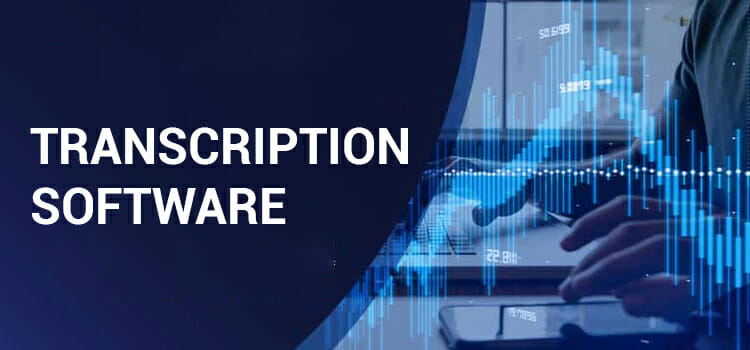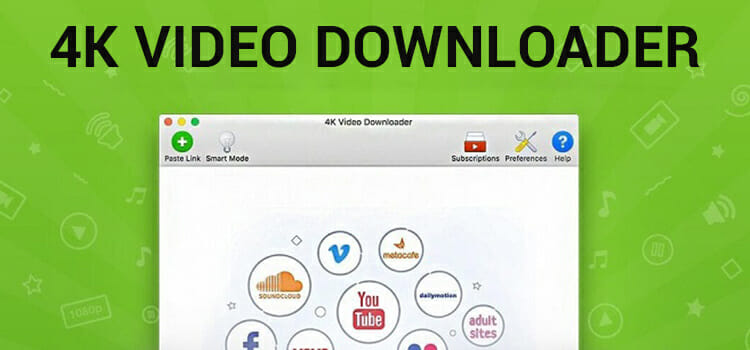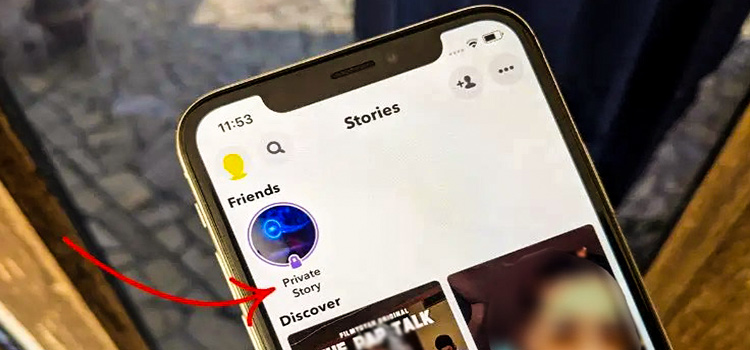Remotely Proctored Exams | The Future of Test Taking
Technology has given us a lot of benefits and conveniences. One of them is online testing. In the past, candidates and students would drive from their homes to a designated test center to take their exams. This is no longer the case. This whole testing process takes a lot of planning, organization, people, and money.
Today, all you need to take an online test is a computer and a high-speed Internet connection from the comfort of one’s home or any other place of choice. It is convenient for both the test taker and the person who runs the test. Proctoring is needed to make online tests trustworthy and real.
What Is Remote Proctoring?
Before we get into the nitty-gritty of remote proctoring, let’s define it first. Using remote proctoring, students can take a test from afar while assuring that the exam is fair and objective. Using a camera, proctoring software like proctored software confirms the identification of a student and monitors their activity. In the event of any suspicious activity or conduct during a remote proctored exam, the video footage helps to identify it.
How Does It Work?
The online proctoring program keeps an eye on and confirms people’s identities who take online tests. It also looks for and stops people from cheating on tests. At the time of entry, the tool ensures multi-factor biometric authentication (facial scan, ID scan, and room scan).
For additional security, the test-taker will also have to answer a short set of security questions based on publicly available information. People are often asked about previous addresses, phone numbers, roommates, and relatives.
Once a test is scheduled, the test-taker receives an email with a link to a website that determines whether their computer meets the requirements for remote proctoring, ensuring that there are no surprises during the actual test.
Types of Online Proctoring
Live online exam proctoring
A proctor sits in a different place and watches the applicants’ audio, video, and screen share streams in real-time. It is very similar to offline proctoring, except for choosing where to proctor. Live online exam proctoring needs a person to help, and is not a good choice for scalability.
Recorded Proctoring
Video and screen share feeds from candidates are filmed and later reviewed by a proctor, who will look at them later. The videos are usually played backward so that the proctor can see any questionable behavior in them.
Automated Proctoring
Automated proctoring is the latest and most advanced method for conducting examinations, and it almost removes the need for human interaction. Face recognition is used to ensure that the candidates are who they claim to be. Video and audio analytics keep track of the audio-video and screen sharing feeds while also looking out for any suspicious behavior. A candidate’s IP address is restricted, and copy-pasting is prohibited. There are no other programs or windows that can be opened during the test. A total of 14 behavioral trackers are used in automated proctoring to examine a variety of factors, such as how far applicants can move the mouse and other things. There are no geographic or temporal constraints with automated proctoring, making it cost-effective and error-free.
Advantages of Remote Proctoring
- It is no longer essential to reserve an exam center in advance.
- Proctors on a physical level are no longer required or present.
- Automating advanced exams protects their security and integrity.
- It eliminates the inconvenience of traveling to remote exam locations and enables applicants to take the exam from the comfort of their own homes.
- Automatic scoring provides confidence in results and avoids human error.
- Online proctoring software provides mobile support on android and iOS,
- Software installation without having to download third-party extensions and plug-ins.
- Video calling allows you to engage with a live proctor via video, audio, and chat, as well as with several proctors at the same time whenever necessary.
What Stops the Test-Taker from Cheating?
Before the exam can begin, the test taker must download a temporary application. This program enables the proctor to view the student’s computer’s system settings and activity to guarantee that no unauthorized applications or other devices are installed. Additionally, the proctor will request that the student pan the surrounding area throughout the exam, utilizing the webcam if it is removable or a mirror if it is not, to ensure that no illicit notes or other items are available. While the student is taking the test, the proctoring system is in place, and any suspicious activity is photographed, videotaped, and reported to the school.
Conclusion
Public and private organizations regularly use online remote proctoring. More than 500 colleges and universities worldwide believe remote proctoring is a viable alternative. Schools and universities are turning to more user-friendly technologies for online assessments to make things easier for students. Consequently, remote proctoring is on the rise among students worldwide.
Subscribe to our newsletter
& plug into
the world of technology





